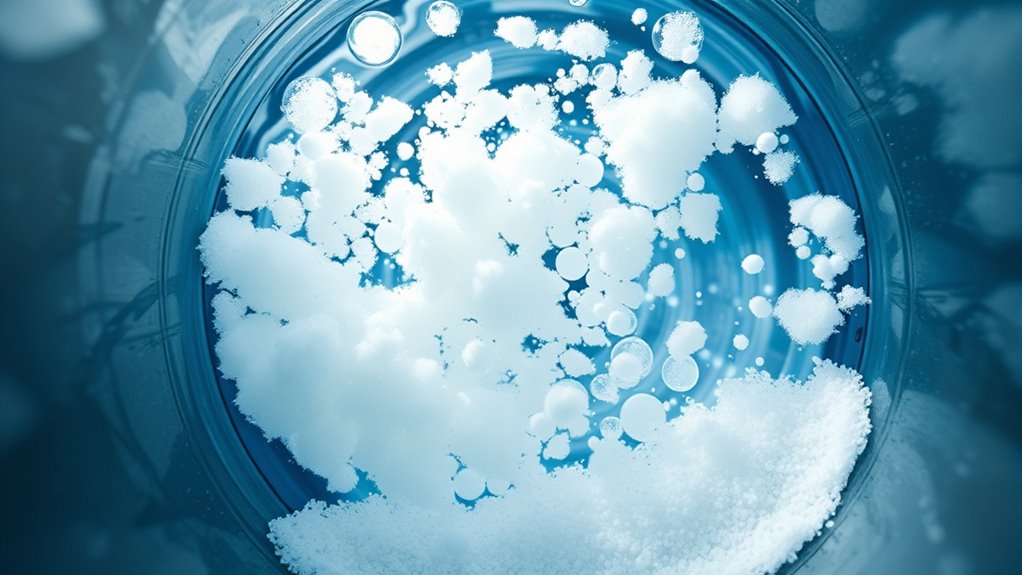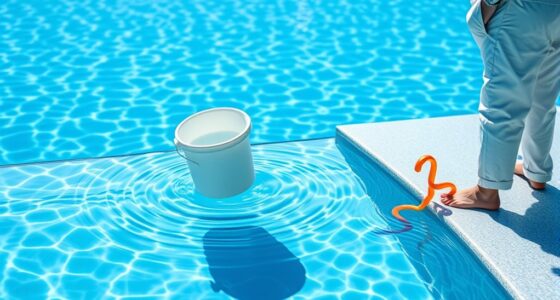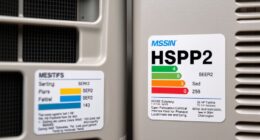To achieve photo-ready water, you need to time each step carefully. Start with clarifiers that let heavy particles settle out, then add coagulants precisely to encourage floc formation. Properly timing the dosing and mixing ensures small particles clump together efficiently. Adjust filtration flow and media regularly to remove remaining debris, maintaining clear water. When all these steps are coordinated well, you’ll produce sparkling water ready for prime photos—continue to learn more about perfecting this process.
Key Takeaways
- Proper timing of coagulant addition and mixing enhances floc formation for clearer water.
- Clarifiers settle out heavy particles, requiring optimized flow rates and sludge removal.
- Coordinating flocculation, clarification, and filtration ensures efficient removal of impurities.
- Regular monitoring of turbidity and flow helps maintain optimal process timing and water clarity.
- Maintaining equipment and adjusting process parameters ensures photo-ready water quality.
Understanding the Role of Clarifiers in Water Treatment
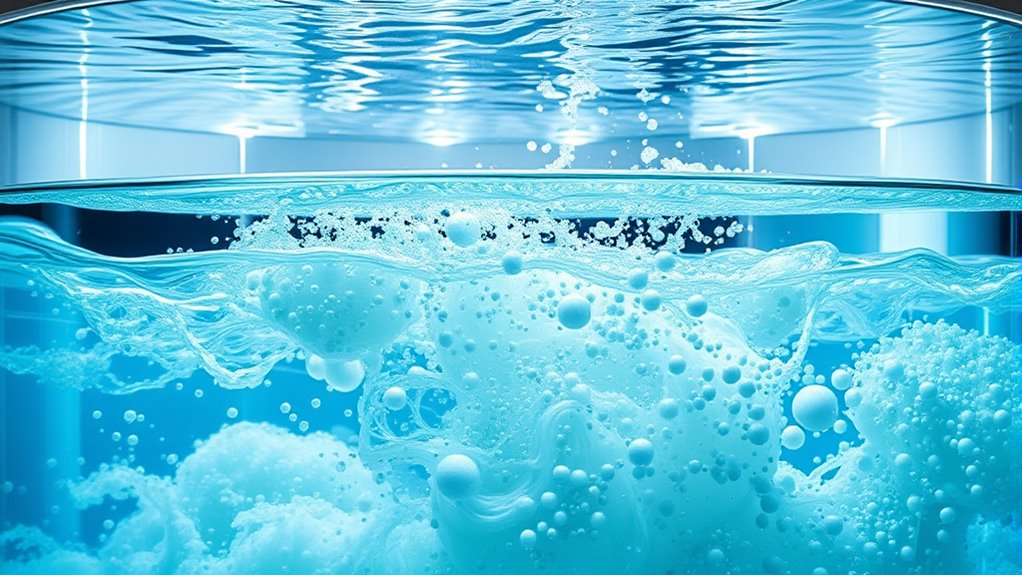
Have you ever wondered how water looks so clear and clean after treatment? Clarifiers play a vital role in achieving that clarity. They are large tanks where the heavy particles and sludge settle out of the water. When water enters a clarifier, it slows down, allowing solid waste to sink to the bottom. This process helps remove dirt, algae, and other impurities. The clarified water then moves on to the next stage of filtration. Without clarifiers, these particles would stay suspended, making the water appear cloudy. By giving solids time to settle, clarifiers efficiently separate contaminants, reducing the load on filters and improving water quality. They’re an essential step in ensuring the water you see is safe and ready for use. Additionally, understanding cybersecurity vulnerabilities in water treatment systems is critical to prevent potential cyberattacks that could compromise water safety.
The Science Behind Flocculation and Its Timing
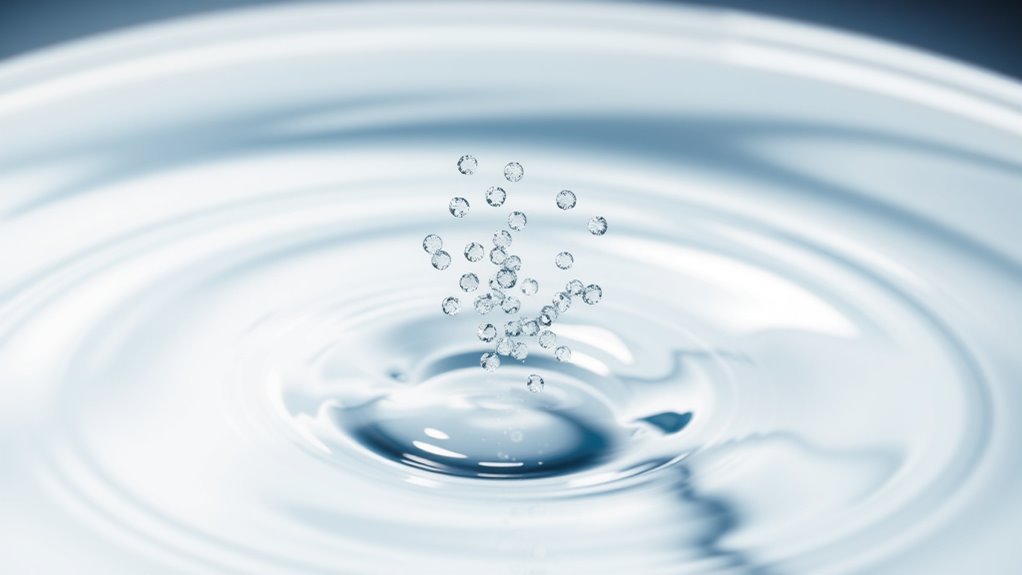
After the heavy particles settle in the clarifier, the next step involves encouraging smaller particles and impurities to clump together, forming larger, more easily removable masses. This process, called flocculation, relies on the careful timing of chemical additives and mixing. If you add flocculants too early or too late, the particles won’t form the most effective clusters, reducing removal efficiency. Proper timing ensures these tiny particles collide and stick together, creating flocs that trap impurities. Additionally, understanding the automation of dosing and mixing can optimize the flocculation process for better results.
Optimizing Filtration Processes for Maximum Clarity
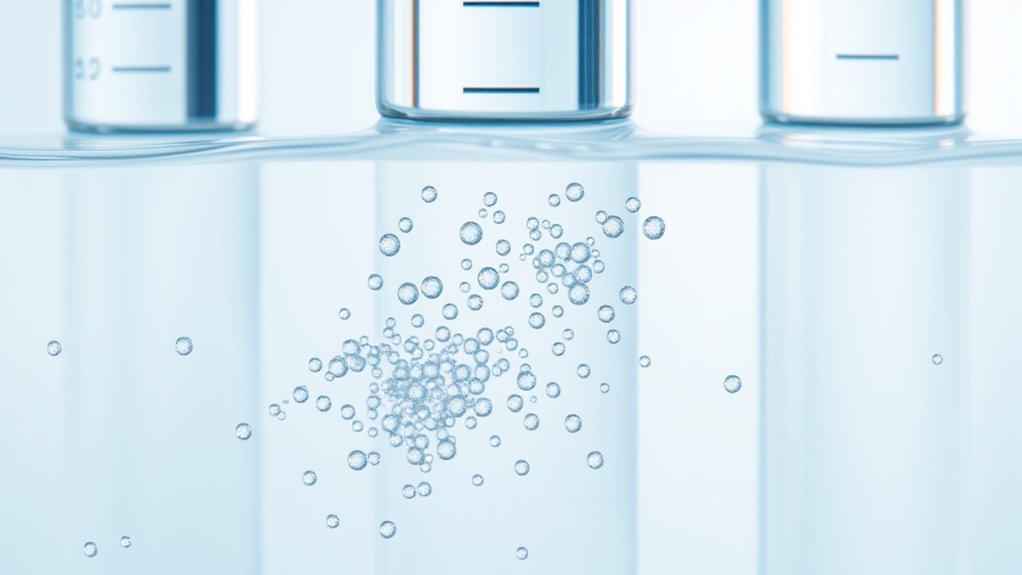
To achieve maximum clarity in filtration, you need to carefully select and maintain the right filtration media and conditions. Choose media that effectively target the specific particles in your water, such as sand, activated carbon, or specialty filters. Regularly inspect and clean or replace the media to prevent clogging and guarantee consistent flow. Control flow rates to avoid channeling or bypass, which can reduce filtration efficiency. Maintain ideal pressure and monitor for any signs of media degradation. Temperature and pH levels also influence filtration performance, so keep these parameters within ideal ranges. By fine-tuning these factors, you’ll improve particle removal, reduce turbidity, and produce clearer, more photogenic water. Proper maintenance and adjustments are key to sustaining maximum clarity.
Coordinating Clarifiers, Floc, and Filters for Best Results
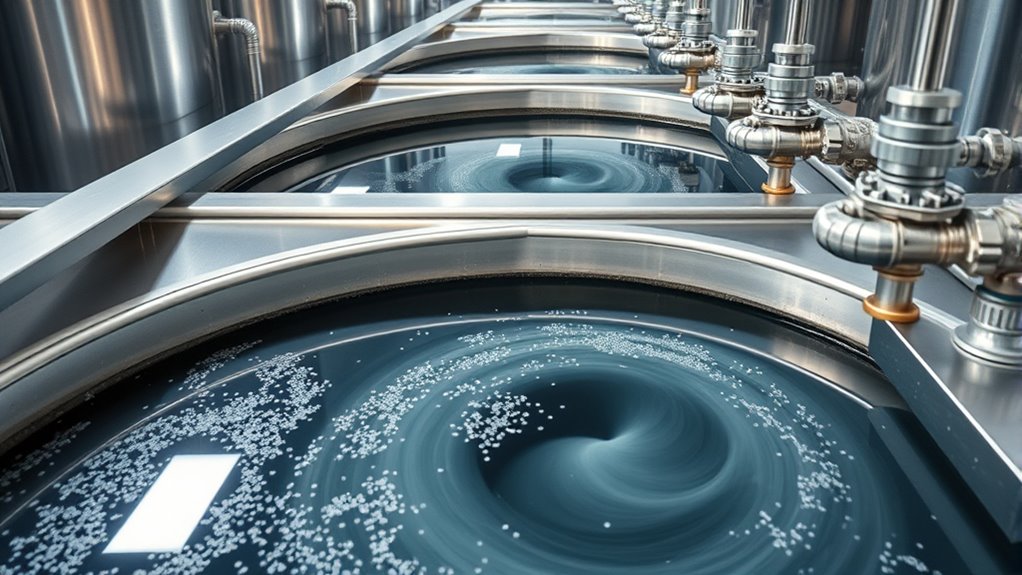
Effective coordination of clarifiers, flocculation, and filters is essential for achieving ideal water clarity. You need to time each step carefully, ensuring floc forms properly before entering the clarifier. Proper dosage of coagulants prompts effective flocculation, which then settles out in the clarifier. Once solids settle, you should adjust filter operation to handle the incoming water volume without overloading. Consistent flow rates prevent disturbances that could resuspend settled particles. Monitoring turbidity and flow ensures each stage operates smoothly and sequentially. If clarifiers aren’t functioning efficiently, it hampers floc formation and causes filter clogging. Conversely, poor filtration can reintroduce particles into the system. Coordinating these processes optimizes clarity, minimizes downtime, and produces water that’s ready for visual assessment.
Practical Tips for Achieving Photo-Ready Water
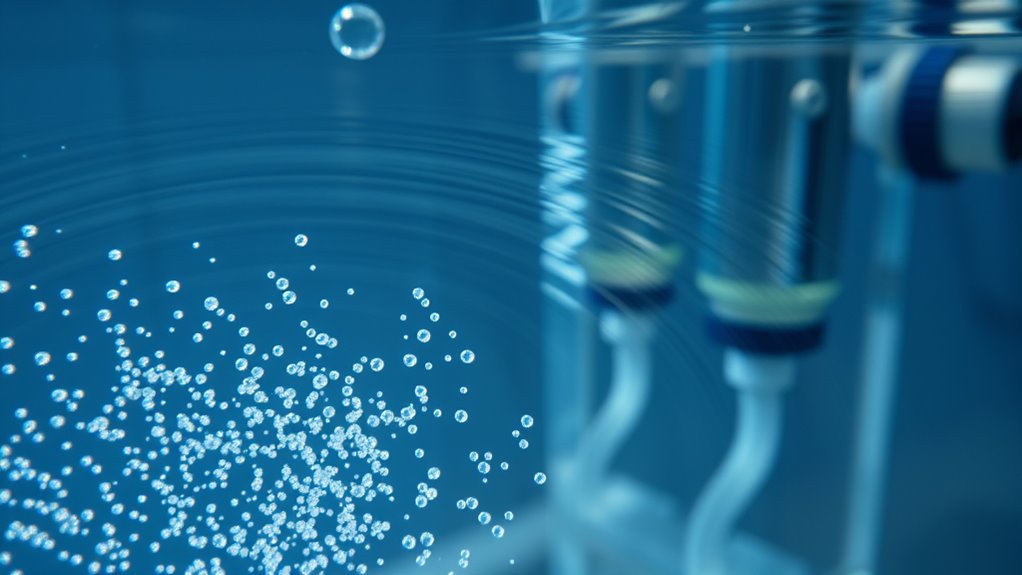
Achieving photo-ready water requires attention to detail and consistent management of each treatment stage. First, monitor your clarifier’s sludge removal closely; early or delayed removal can affect water clarity. Adjust flocculation carefully, ensuring proper mixing and ideal coagulant doses to promote effective particle aggregation. Always verify filtration timing—over-filtering wastes time and resources, while under-filtering leaves particulates behind. Regularly test water clarity and adjust processes accordingly. Maintain equipment cleanliness to prevent contamination or malfunction. Document each step to identify patterns and improve consistency. Use high-quality chemicals and follow manufacturer instructions precisely. Staying aware of water quality parameters and their optimal ranges can significantly impact the final outcome. Finally, stay patient; achieving perfect clarity takes time and small adjustments. With careful oversight and routine checks, you’ll consistently produce water that’s truly photo-ready.
Frequently Asked Questions
How Does Water Temperature Affect Clarification and Flocculation Efficiency?
Water temperature markedly impacts clarification and flocculation efficiency. As water warms up, particles become less dense and settle more slowly, reducing floc formation and settling rates. Cooler water enhances particle aggregation and speeds up sedimentation, making clarification more effective. You should adjust chemical dosages and filtration timing based on temperature changes to optimize water treatment, ensuring that flocculation and clarification processes work efficiently regardless of seasonal or temperature fluctuations.
What Are the Environmental Impacts of Various Water Clarifiers?
You should consider that different water clarifiers can impact the environment variably. Some, like chemical coagulants, may introduce toxins or residuals into ecosystems if not properly managed. Others, such as natural or biodegradable options, pose fewer risks and support ecological health. By choosing environmentally friendly clarifiers and ensuring proper dosing and disposal, you can minimize negative effects on aquatic life and water quality.
Can Natural or Homemade Flocculants Be Used Effectively?
Yes, natural or homemade flocculants can be effective if used correctly. Common options include alum, chitosan, or even natural substances like Moringa seeds. You should guarantee proper dosage and mixing to achieve ideal results. Keep in mind, their effectiveness varies based on water quality and contamination levels. Testing small batches first helps you determine if these natural options meet your purification needs efficiently and safely.
How Often Should Filter Media Be Replaced for Optimal Clarity?
Think of your filter media as the backbone of your water clarity. You should replace it every 4 to 6 weeks, or sooner if you notice reduced flow or cloudiness. Regular changes prevent buildup and keep your water sparkling. Rinse the media monthly to extend its life, but don’t delay replacements—otherwise, you risk compromising your water’s clarity and quality. Staying proactive guarantees your water remains pristine and photo-ready.
What Are the Signs of Over- or Under-Treatment in Water Clarification Processes?
You can tell if your water is over- or under-treated by observing its clarity and quality. If the water looks cloudy or has residual particles after treatment, it’s likely under-treated. Conversely, if it appears overly clear but has chemical residues or strange odors, it might be over-treated. Regular testing and monitoring help you adjust treatment levels to maintain ideal clarity and safety.
Conclusion
By mastering the timing of clarifiers, flocculation, and filtration, you can turn murky water into a crystal-clear mirror of perfection. Think of your water treatment process as a delicate dance, where each step flows seamlessly into the next, creating a masterpiece of clarity. When everything aligns just right, you’ll enjoy water so pure and pristine, it’s as if you’ve captured a picture-perfect moment—water that’s truly ready for the camera.
